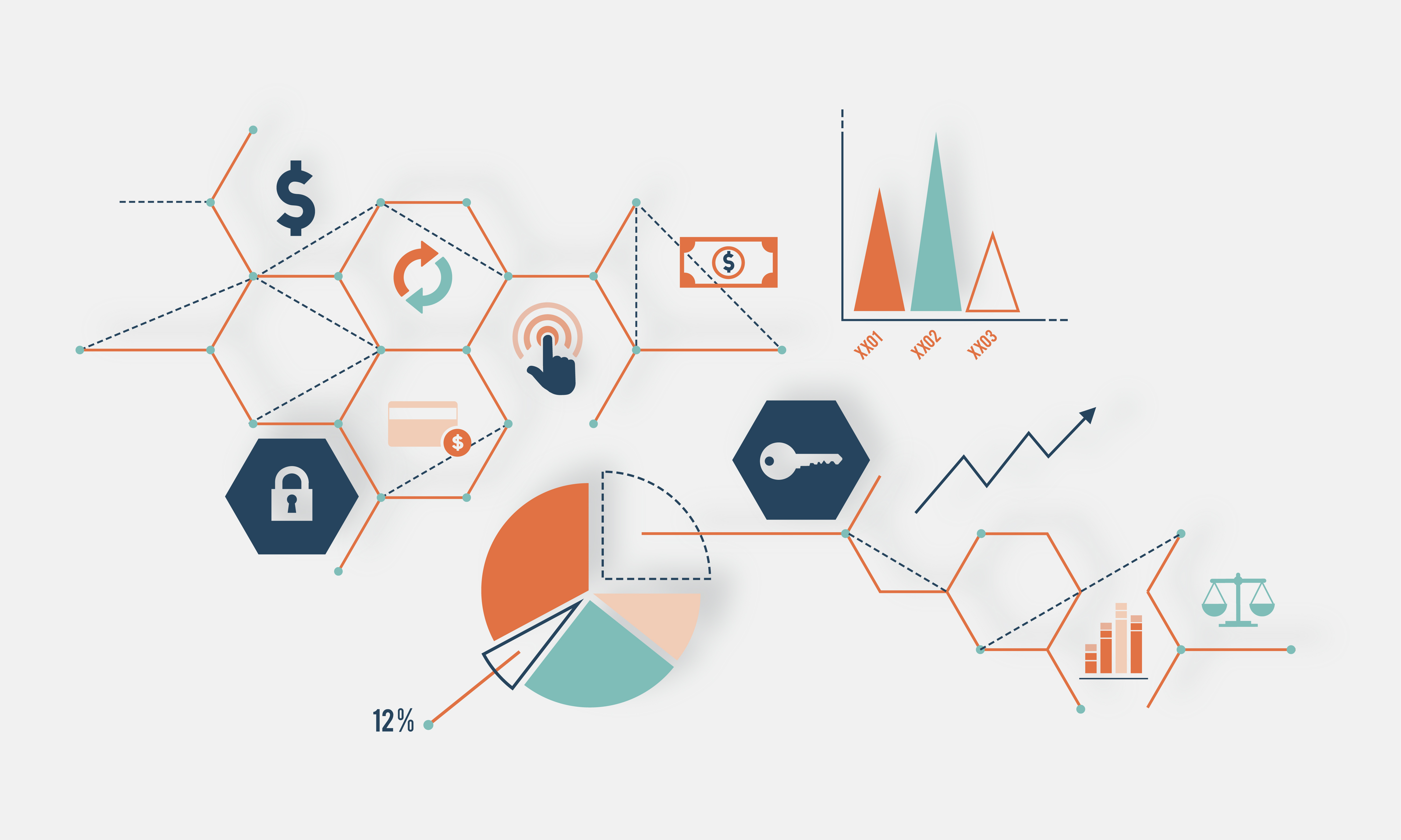Unveiling Patterns: A Journey into the World of Data Analysis
Unveiling Patterns: A Journey into the World of Data Analysis
Blog Article

Welcome to the intriguing world of data analysis, where hidden patterns and insights are waiting to be discovered. In today's data-driven society, the ability to extract valuable information from vast amounts of data is a powerful skill that can lead to groundbreaking discoveries and innovations. Data analysis is not just about crunching numbers; it's about unraveling the stories that data has to tell and gaining a deeper understanding of the world around us. Whether you are a seasoned data analyst or a curious beginner, embarking on this journey into the realm of data analysis promises a thrilling experience full of challenges and rewards.
Types of Data Analysis
KPI analysis
Data analysis can be broadly categorized into three main types: descriptive, diagnostic, and predictive. Descriptive analysis involves summarizing and portraying the features of a dataset, providing insights into the patterns present. Diagnostic analysis goes a step further by examining the data to understand why certain events occurred, focusing on identifying causes and relationships. Predictive analysis leverages statistical algorithms and machine learning techniques to forecast future trends and outcomes based on historical data patterns.
Each type of data analysis serves a specific purpose in extracting valuable information from data. Descriptive analysis helps in understanding what has happened in the past, providing a solid foundation for further exploration. Diagnostic analysis delves deeper into the root causes behind trends and anomalies, aiding in decision-making processes. Predictive analysis, on the other hand, enables organizations to anticipate future scenarios and make proactive choices to optimize outcomes.
By combining these types of data analysis, businesses and organizations can gain a comprehensive understanding of their data landscape. Descriptive analysis sets the context by outlining the current state, diagnostic analysis uncovers hidden insights, and predictive analysis empowers informed decision-making for the future. This holistic approach to data analysis enhances strategic planning, enables risk mitigation, and drives innovation through evidence-based insights.
Tools for Data Analysis
There are a variety of tools available for conducting data analysis. One popular choice is Microsoft Excel, which offers a user-friendly interface and basic analysis functions. Excel allows users to organize data in spreadsheets and perform simple calculations.
For more advanced analysis, many professionals turn to programming languages such as Python and R. These languages provide robust libraries and packages specifically designed for data manipulation and statistical modeling. With Python and R, users can create custom scripts to automate complex analysis processes.
In addition to software tools, data analysts often utilize visualization platforms like Tableau and Power BI. These tools allow for the creation of interactive charts and graphs that help communicate insights from the data effectively. Visualization is a crucial aspect of data analysis, as it can reveal patterns and trends that might otherwise go unnoticed.
Benefits of Data Analysis
Data analysis provides valuable insights that can guide decision-making processes, enhance strategic planning, and drive organizations towards success. By harnessing the power of data, businesses can identify trends, patterns, and correlations that may otherwise go unnoticed. This enables them to make informed choices based on evidence rather than gut feelings.
Moreover, data analysis helps businesses optimize their operations by identifying inefficiencies, streamlining processes, and improving overall performance. By analyzing key metrics and performance indicators, organizations can pinpoint areas that require attention and take proactive measures to address them, leading to increased efficiency and productivity.
Furthermore, data analysis plays a crucial role in understanding customer behavior and preferences. Through analyzing customer data, businesses can personalize their marketing strategies, tailor their products and services to meet customer needs, and build stronger relationships with their target audience. This deeper level of understanding can result in higher customer satisfaction, loyalty, and ultimately, increased profitability.
Report this page